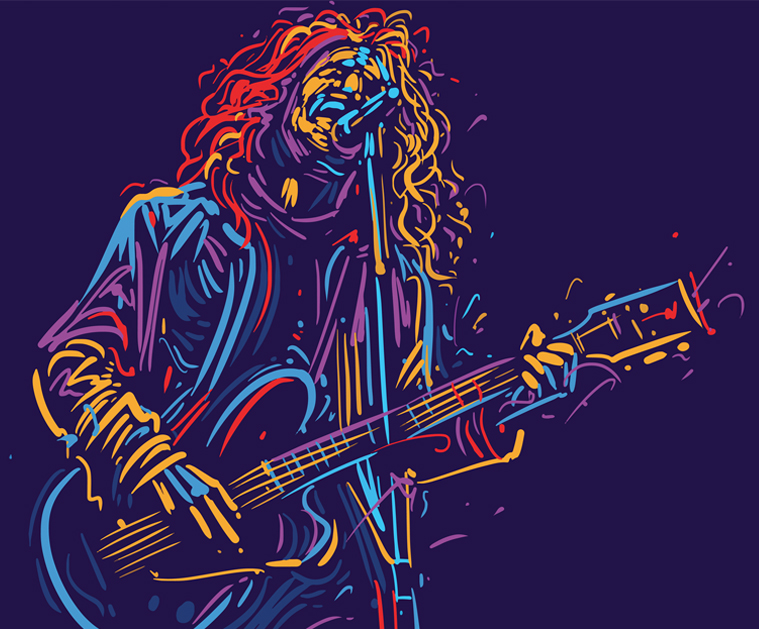Photography, since its inception in the early 19th century, has embarked on a remarkable journey, evolving from a mere scientific curiosity to a fully-fledged form of artistic expression.
In this article, we delve into the multifaceted world of photography as art, exploring its historical context, technical mastery, and its profound impact on society and culture.
The Artistic Journey of Photography
Early Days and Pioneering Artists
The story of photography as art begins with its invention by Nicéphore Niépce and subsequent evolution through Daguerreotypes.
Early artists like Ansel Adams and Dorothea Lange transcended the medium’s initial documentary purpose, imbuing their work with profound artistic qualities. Their vision laid the groundwork for photography’s acceptance in the artistic community.
Photography vs. Traditional Art Forms
Initially perceived merely as a tool for documentation, photography struggled to be recognized as a legitimate art form, especially when compared to established mediums like painting and sculpture. Over time, however, this perception has dramatically shifted.
The unique ability of photography to capture reality with precision has been embraced, highlighting its artistic value.
Technical Aspects Elevating Photography to Art
The Role of Equipment
The evolution from pinhole cameras to sophisticated digital SLRs reflects the technological advancements that have expanded the artistic possibilities of photography.
The choice of equipment can significantly influence the artistic expression of a photographer, enabling a range of stylistic choices and creative nuances.
Mastery of Techniques
The art of photography involves a delicate balance of technical skills and creative vision. Mastery over elements such as lighting, composition, perspective, and the choice between color and black and white, is crucial.
Additionally, the subtle art of post-processing allows photographers to further refine their artistic voice.
Photography Genres as Art Forms
Portrait Photography
Portrait photography, more than capturing mere physical appearance, aims to reveal the subject’s character and emotions. The styles of famous portrait photographers have evolved over time, contributing significantly to the genre’s artistic depth.
Landscape Photography
Landscape photography, with its focus on the beauty of nature, is a testament to the photographer’s ability to convey the majesty and drama of the natural world.
The techniques employed by notable landscape photographers have continually pushed the boundaries of this genre.
Street Photography
Street photography captures unscripted, candid moments of urban life. It has played a significant role in social commentary, offering a raw and unfiltered view of society through the photographer’s lens.
Contemporary Trends in Artistic Photography
Digital and Mixed Media Photography
The integration of photography with digital art and computer-generated imagery (CGI) is a growing trend. This fusion is blurring the lines between traditional photography and digital art, leading to new forms of artistic expression.
Conceptual and Abstract Photography
Conceptual and abstract photography challenge traditional notions of the medium, using the camera to explore ideas and emotions rather than tangible subjects. This genre has produced some of the most groundbreaking work in the realm of photography as art.
The Impact of Photography on Society and Culture
Photography in Social Movements
Photography has played a pivotal role in documenting and influencing social change. Iconic images have the power to shape public opinion and have often been instrumental in driving social movements.
Photography in the Digital Age
The rise of social media has significantly influenced the perception and consumption of photography as art. Digital accessibility has democratized the field, enabling a plethora of artistic voices to emerge and be heard.
Future Perspectives
Emerging Technologies and Their Potential
Emerging technologies like artificial intelligence (AI) and virtual reality (VR) are set to redefine the landscape of artistic photography. These advancements hold the potential to further expand the creative horizons of photographers.
Preserving the Essence of Photography in a Rapidly Evolving World
In the face of rapid technological change, maintaining a balance between innovation and the timeless principles of artistic photography is vital.
Organizations like East End Arts — with an Art School that offer art programs, workshops, and private lessons — play a crucial role in nurturing and promoting the art of photography, ensuring that its essence is preserved for future generations.
Conclusion
Photography, as an art form, has come a long way since its early days. Its journey from a technical process to a means of artistic expression is a testament to the creativity and vision of photographers throughout history. As we celebrate photography in all its forms, it’s important to continue exploring and appreciating this dynamic and ever-evolving medium.
In conclusion, photography as art is not just about the image captured but the story it tells and the emotions it evokes. It’s a powerful medium that combines technical skill with artistic vision, allowing us to see the world from unique perspectives. Whether through the lens of a portrait, landscape, or street photographer, each image is a piece of art, worthy of celebration and reflection.
As we look to the future, the artistic potential of photography remains boundless. With the continued support of organizations like East End Arts, the art of photography will undoubtedly continue to thrive, evolve, and inspire.






